One of the most delicious and popular representatives of the kingdom of mushrooms is white. It has an exceptionally pleasant smell and aroma and is suitable for preparing various types of culinary masterpieces. Anyone who has seen it at least once will be able to recognize the white mushroom in the forest, and it is recommended that beginner mushroom pickers study the photo and description.
Content
The characteristic features of the cep
This variety is widespread in the pine and deciduous forests of our continent and everyone who finds it in the forest can rightly consider itself lucky.
Appearance, description and photo
It is precisely because of how the mushroom looks that it got its name: the most characteristic external feature is the white color of the pulp, which does not change even when dried. He has a dense brown hat and a light leg. The description can not always be remembered in detail, but a photo of white forest in the natural environment will make it possible to easily store signs in memory.
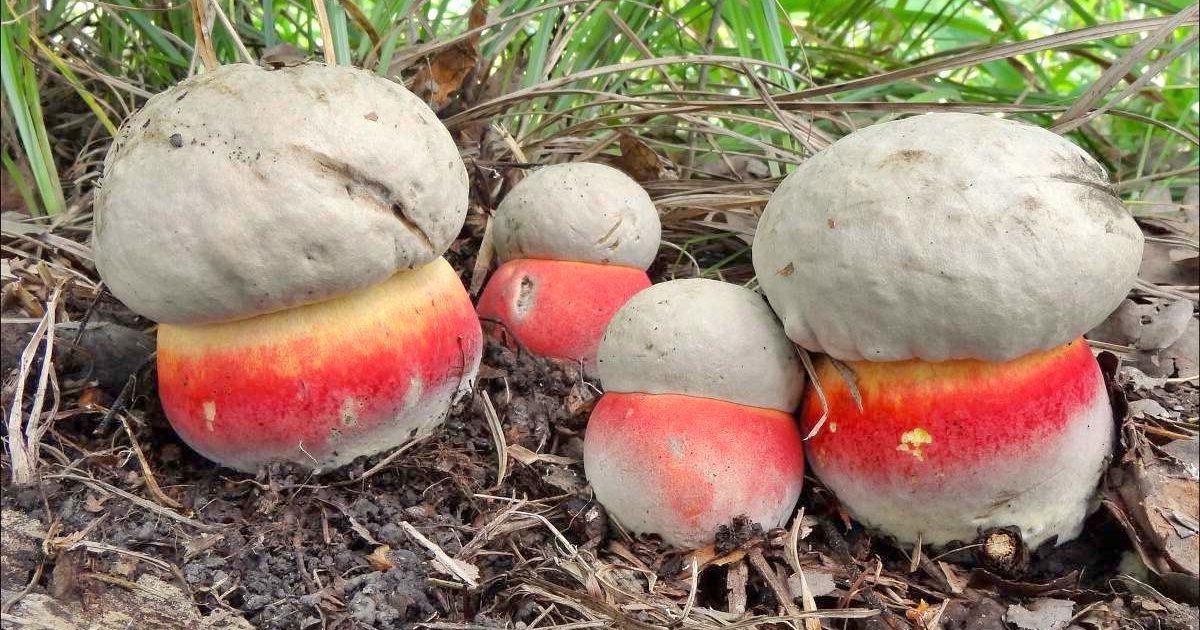 You may be interested in:
You may be interested in:Morphology
Since the mushroom belongs to the Boletovs family, a species of boletus, its synonymous names are also directly related to this classification: boletus, boletus, as well as grandmother, dear mushroom, belevik, and mullein. The structure of this tubular consists of:
- A convex velvety hat, which reaches a diameter of 7-30 cm, its color is from milky white to reddish brown. Moreover, the older he is, the darker his hat will be. In wet weather, it acquires a layer of mucus on the surface.
- The legs are barrel-shaped, up to 12 cm high and 7-10 cm in diameter. Its color is white, milky, brown, and may be in tone with a hat. It is dense and tubular.
- The pulp is dense, juicy and white. In old mushrooms, it becomes fibrous and can acquire a yellowish tint.
- Spore powder with spores of a tiny olive brown color.
Due to the convex shape of the hat, the tubular layer is invisible, it is light and can change the shade to olive and yellow during maturation.
Place of distribution and collection rules
The growing range of belevik is very wide; it can be found on all continents except Australia and Antarctica. Widely distributed in the forests of Russia, both deciduous, and mixed type and coniferous. In the Ukrainian Carpathians, many representatives of this species also grow.
Borovik can be found in America, Mexico, China, Japan, Mongolia, the Caucasus and other countries. Symbiosis forms with spruce, pine, oak, beech, birch and selects sandy, clay soils.
Experienced mushroom pickers easily find the species in question during harvesting, because he prefers to grow in the clearing, where there is enough sun and heat. For growth, he chooses mosses and lichens. Usually, beleviks grow in families and form a ring near oaks, beeches, and birches.
Look for this species is in the period from May to November, depending on weather conditions and climatic features, it may appear sooner or later.He does not like darkened forests, high humidity and low temperatures, which allows us to predict the time of its maturation depending on the weather.
Eating
White boletus belongs to the category of edible and you can eat it after different types of processing: drying, frying, cooking, pickling. There are many recipes for dishes using this fragrant mushroom.
Types of mushrooms and other similar mushrooms
There are several species that look like a cep. First of all, these are representatives of the Borovikov clan, immediate relatives of the white species, but sometimes representatives of other families are also confused with it.
Semi-white mushroom
One of the most similar fruits is a semi-white mushroom. His hat has a convex shape at a young age and becomes cushioned over time. Has a reddish or gray tint. The leg is low - up to 10 cm, and 3-6 cm in diameter, cylindrical in shape, at the base - brown, and above the yellow shade. The pulp is yellow.
It differs half-white from white by the unpleasant odor and color scheme of the pulp, although it also tastes good, and the specific aroma disappears during heat treatment.
Varieties of porcini mushrooms with photos and names
It is interesting to know similar varieties of the Borovik species with photos and their names, but if you confuse them in the forest, there will be no trouble, since they are all edible:
- net boletus;
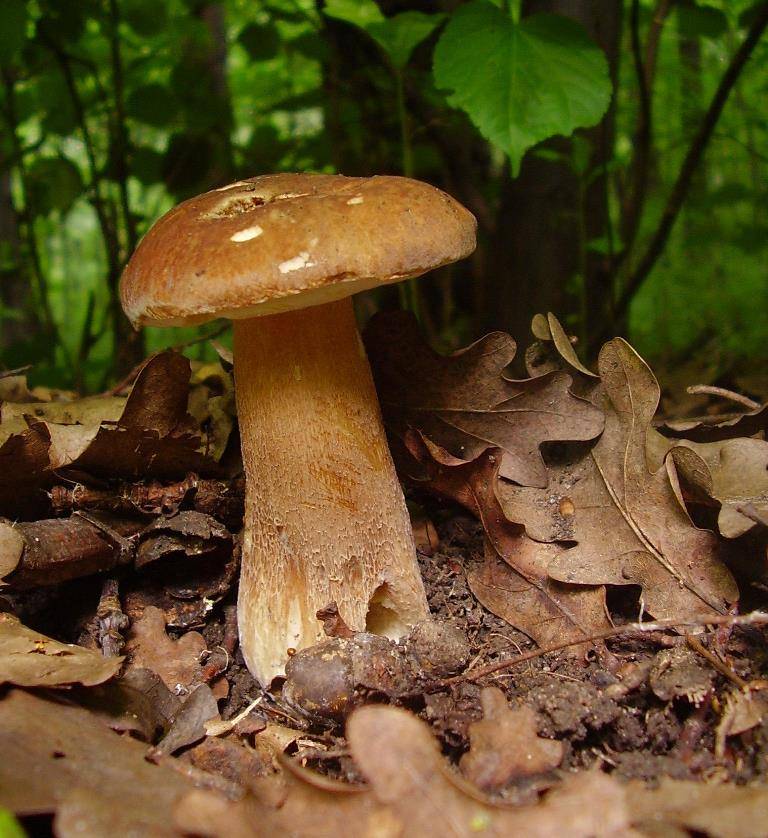
Mushroom mushroom - bronze boletus;
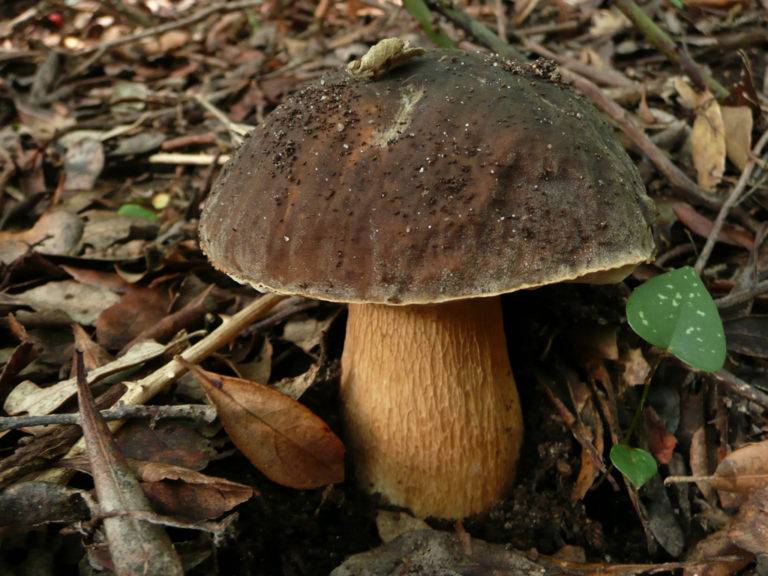
Boron mushroom - spikelet;
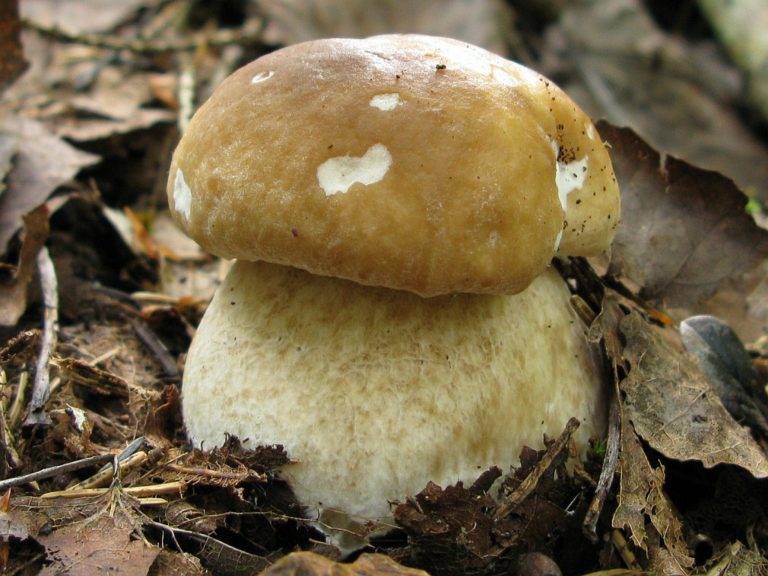
Spikelet - white mushroom pine;
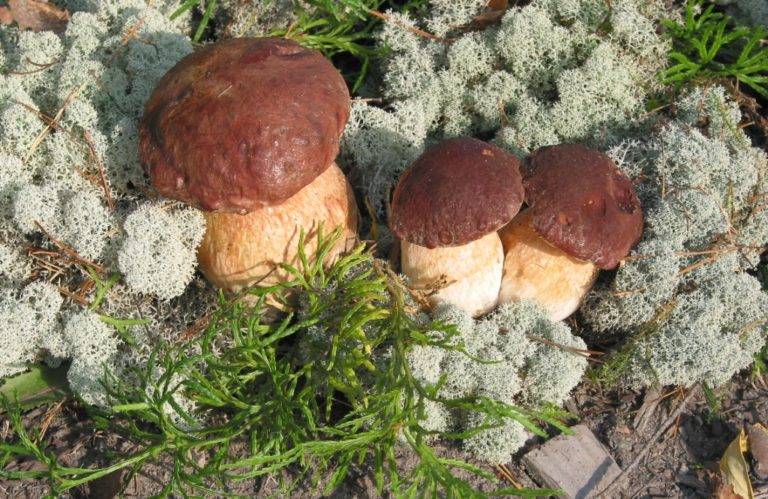
Boletus edulis pine - oak;
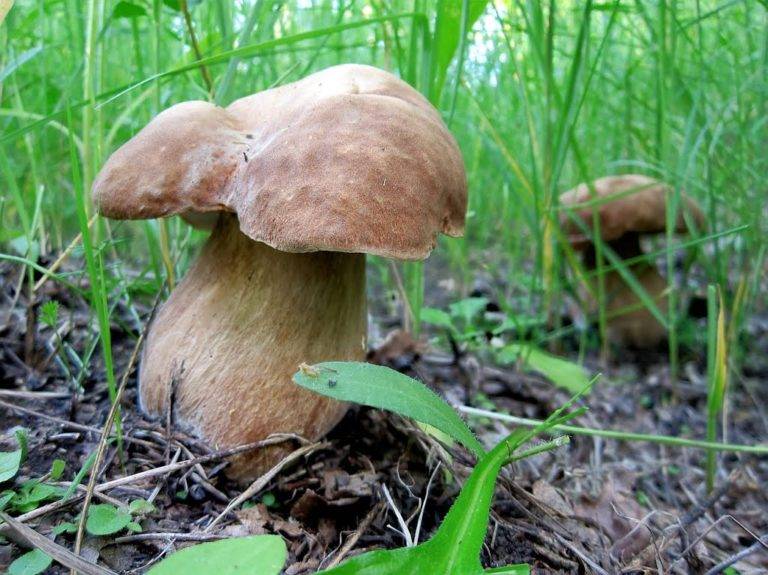
Oak - spruce hare.
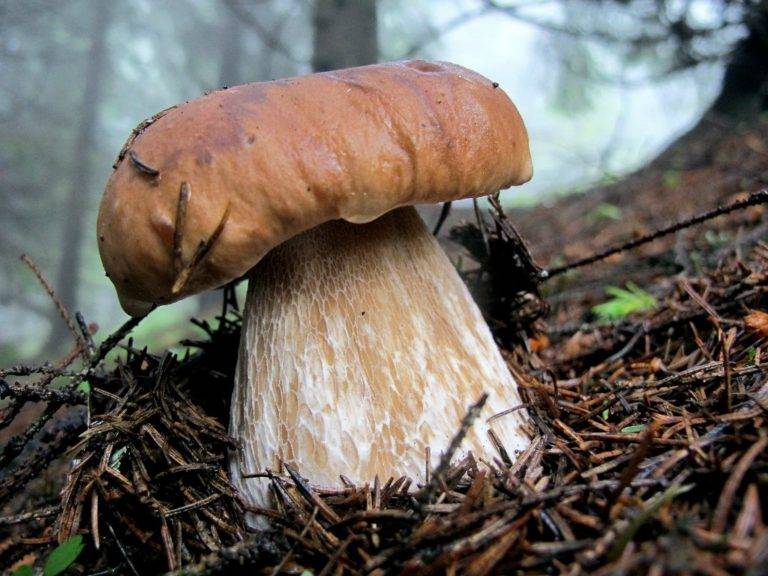
Spruce hare
White breast
Another edible species that can be confused with the white is a white lump. Its hat in diameter reaches 6-25 cm, has a milky or white color, flat in young representatives of this species.
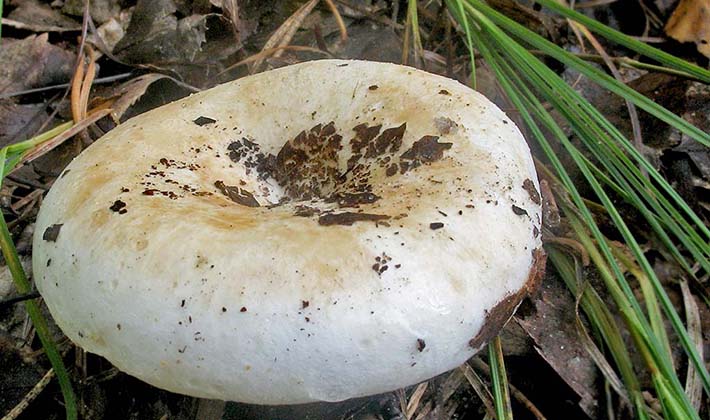
The leg is cylindrical, low, and the pulp is dense, light in color, with the presence of milky juice in it. Only young mushrooms can be easily confused with boletus, because in the process of maturation, the cap of the white breast becomes funnel.
Difference from false, inedible mushrooms
Several types of inedible can also be confused with whites, and when they are eaten, you can get at least a disturbance in the digestive tract, and at the very least serious poisoning.
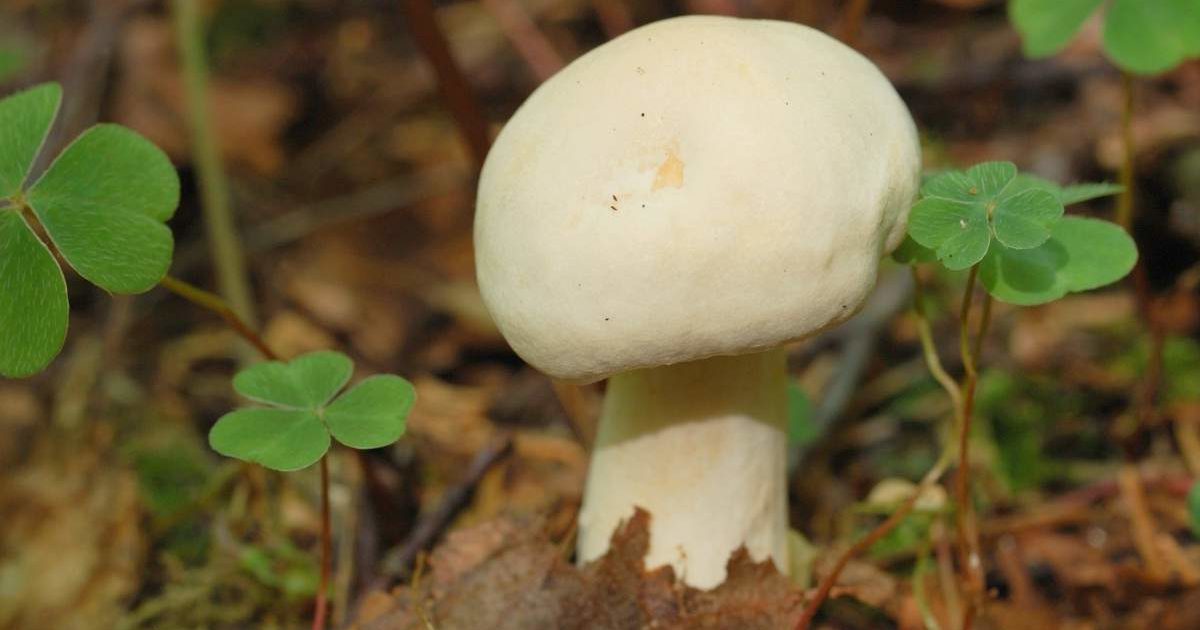 You may be interested in:
You may be interested in:Gorchak - false white mushroom
Gorchak is very similar in structure to boletus. Its differences from the edible brother:
- pink tubular layer;
- yellow pulp on a slice;
- bright pattern of mesh on the leg.
Gorchak is also called false white, it is not poisonous, but has a bitter taste that remains after processing, the only (but also dubious) way to use it in food is pickling with the addition of vinegar.
Other mushrooms
A bruise is one of the endangered species of its kingdom, it is quite difficult to find it in the forest, but nevertheless it looks like a twin of a white hare. The shape of the cap and legs are very similar, and the main and noticeable difference is the color of the flesh. When pressed or cut in a bruise, it becomes a shade of blue, both in the area of the hat and legs, for which he received this name. This is a unique feature that distinguishes it from all species.
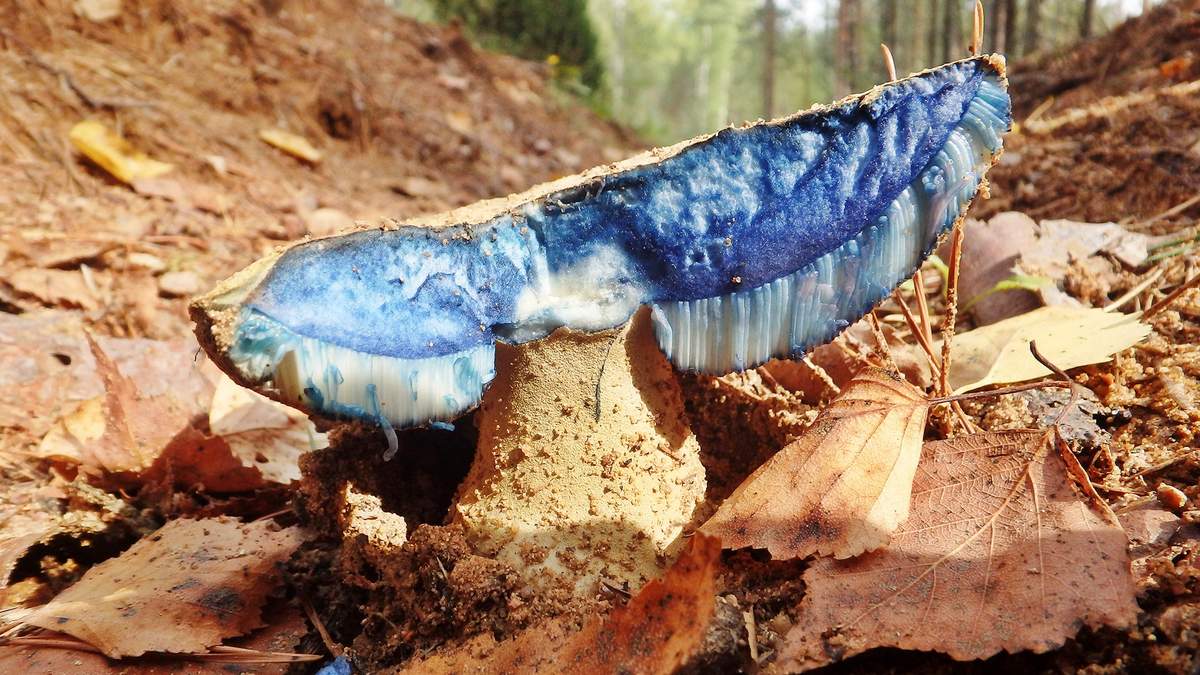
White row at a young age can also be confused with boletus in the shape and color of the hat. You should know that rowing is slightly poisonous and easily causes poisoning. It can be distinguished from white in the first place by a tubular layer with wide and winding plates, which the representatives of the flying ones do not have.
Also on the surface of her legs there is a specific powdery coating, it will also help to recognize the inedible fruit body. The white flesh turns pink when pressed, which is never the case with boletus.
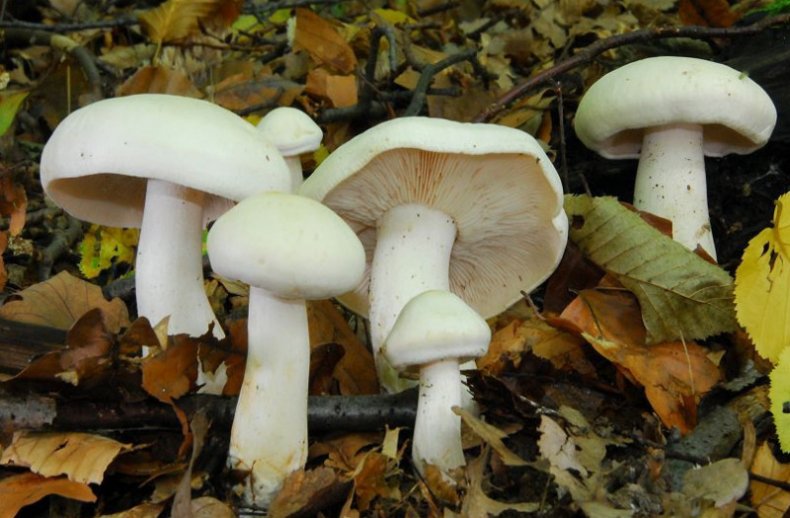
It should be as careful as possible when picking mushrooms in the forest, so as not to bring inedible species instead of white.
Useful properties and restrictions for use
The composition of white includes many vitamins and minerals, thanks to which it has received such widespread use. The composition of the pulp includes:
- selenium - helps in the treatment of oncology;
- ascorbic acid is an essential element for the human body;
- calcium and iron are necessary for bones, human hair;
- riboflavin and lecithin, which positively affect the thyroid gland and blood vessels;
- ergotionein - useful for the kidneys, liver, bone marrow;
- B vitamins that strengthen the nervous system.
Despite this set of nutrients, the following groups of people should limit the use of this variety:
- pregnant women;
- children;
- patients with digestive disorders;
- people with individual intolerance to substances in the composition of the whitewash.
Fruit bodies collected in areas contaminated with chemicals and near roads can also cause harm, since they tend to absorb toxins from the ground and air and accumulate them.
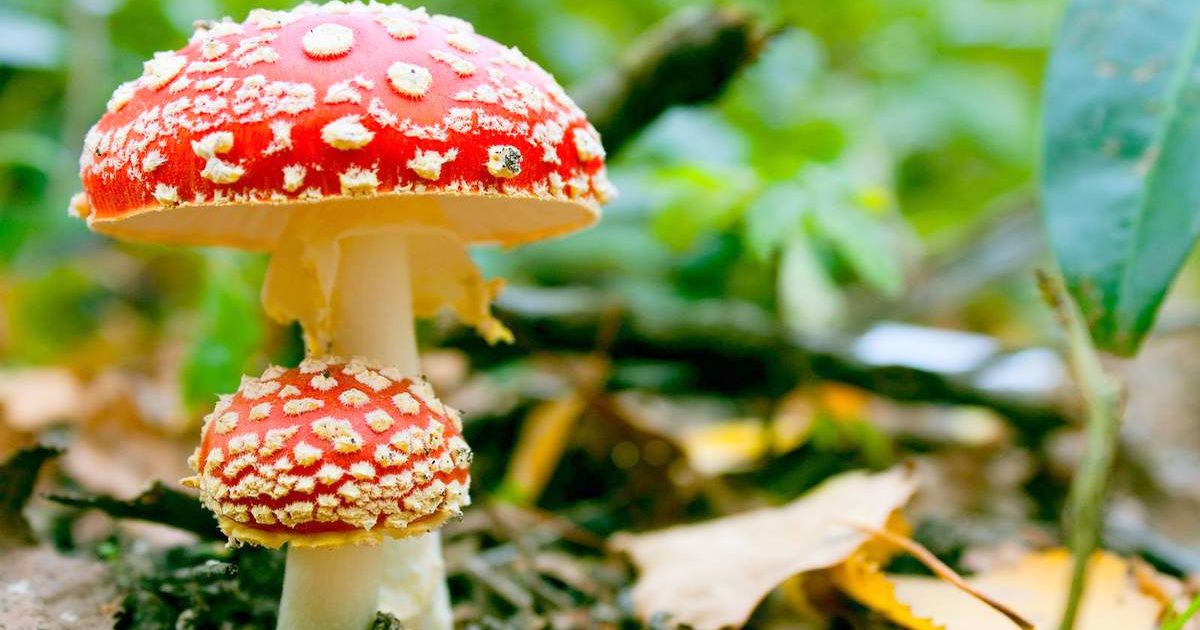 You may be interested in:
You may be interested in:Recipes and cooking features
Before cooking, fruiting bodies should be properly treated:
- Clean up forest debris.
- Trim the darkened areas with a knife and renew the trimmed legs.
- The hat is cleaned with a knife or a soft cloth.
- With severe contamination, fruiting bodies can be soaked in water, but not more than 20 minutes.
- Rinse in running water.
After these simple procedures, you can begin to cook goodies.
Mushrooms noodles
Ingredients:
- noodles - 150 gr;
- mushrooms - 500 gr;
- potatoes - 3 pcs.;
- carrots, onions - 1 pc.;
- salt, pepper, herbs - to taste.
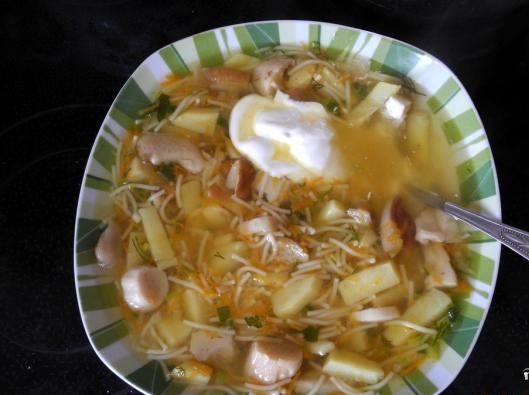
Cooking:
- Cut the peeled mushrooms into cubes, put in a saucepan and bring to a boil.
- Cut potatoes into cubes and put in boiling broth.
- Grate the carrots, finely chop the onion. Sauté in a pan for 3-5 minutes and add to the pan.
- Add vermicelli, cook until tender.
- At the end, put chopped herbs, pepper to taste.
Cream soup with white mushrooms
Ingredients:
- mushrooms - 500 gr;
- potatoes - 2-3 pcs.;
- onion - 1 pc.;
- carrots - 1 pc.;
- cream - 150 ml;
- salt, pepper - to taste.
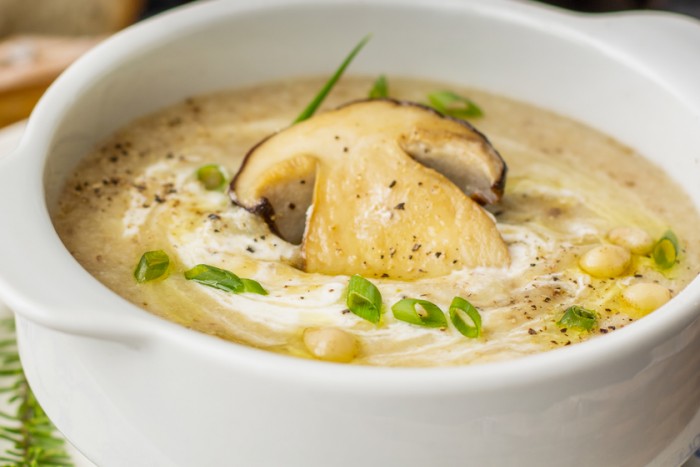
Cooking:
- Rinse and cut into mushrooms.
- Finely chop the onion, grate the carrots and fry in a pan.
- Add mushrooms and simmer for 10 minutes.
- Transfer the contents of the pan to the pan, add water, bring to a boil. After boiling, cook for 10-15 minutes.
- Dice the potatoes, add to the pan, mix everything and salt.
- Cook until tender. Mix the contents in a blender, add cream, greens.
Boletus is not in vain called the king of mushrooms, because dishes prepared with its addition have a unique aroma and taste.
Answers to widespread questions
You should go to the hospital to clarify the diagnosis, and before that, provide first aid in the form of taking activated charcoal, drinking boiled water to wash the stomach. The doctor will prescribe further treatment, since such a reaction requires a course of immunotherapy and exclusion from the diet of not only mushrooms, but also products containing them as seasonings.
White is a representative of the Boletovs family, unique in its composition and taste. It is popular among mushroom pickers and culinary specialists in different countries of the world due to its properties. This species grows in forests of various types and has both edible and inedible doubles, which requires attention when searching for a true white hare.
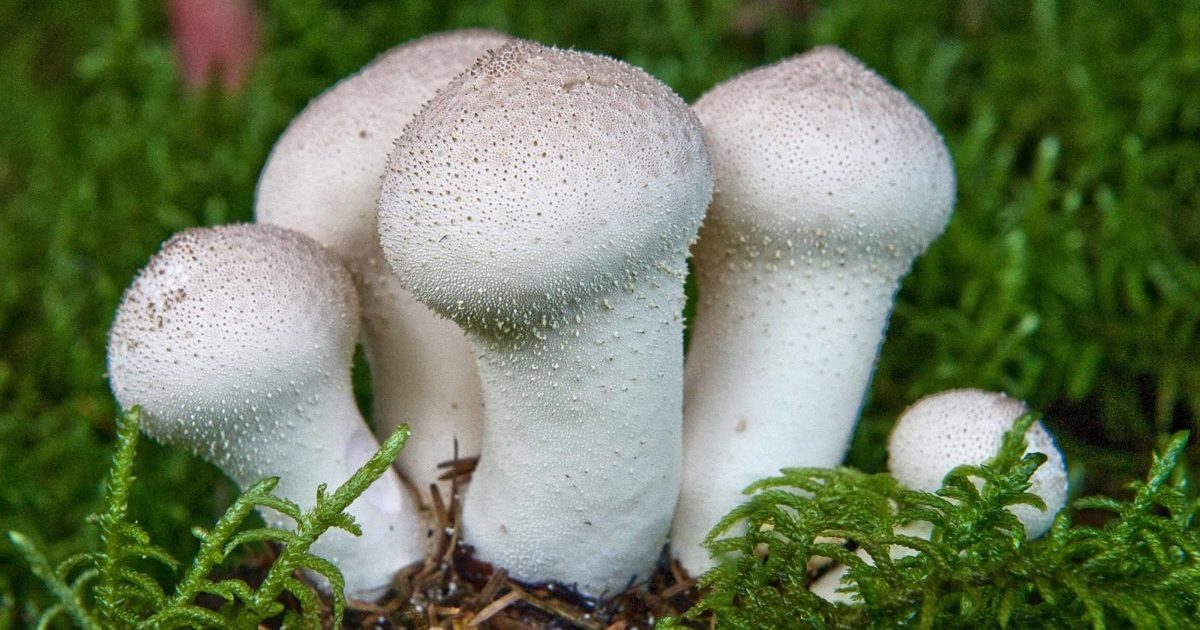 You may be interested in:
You may be interested in:

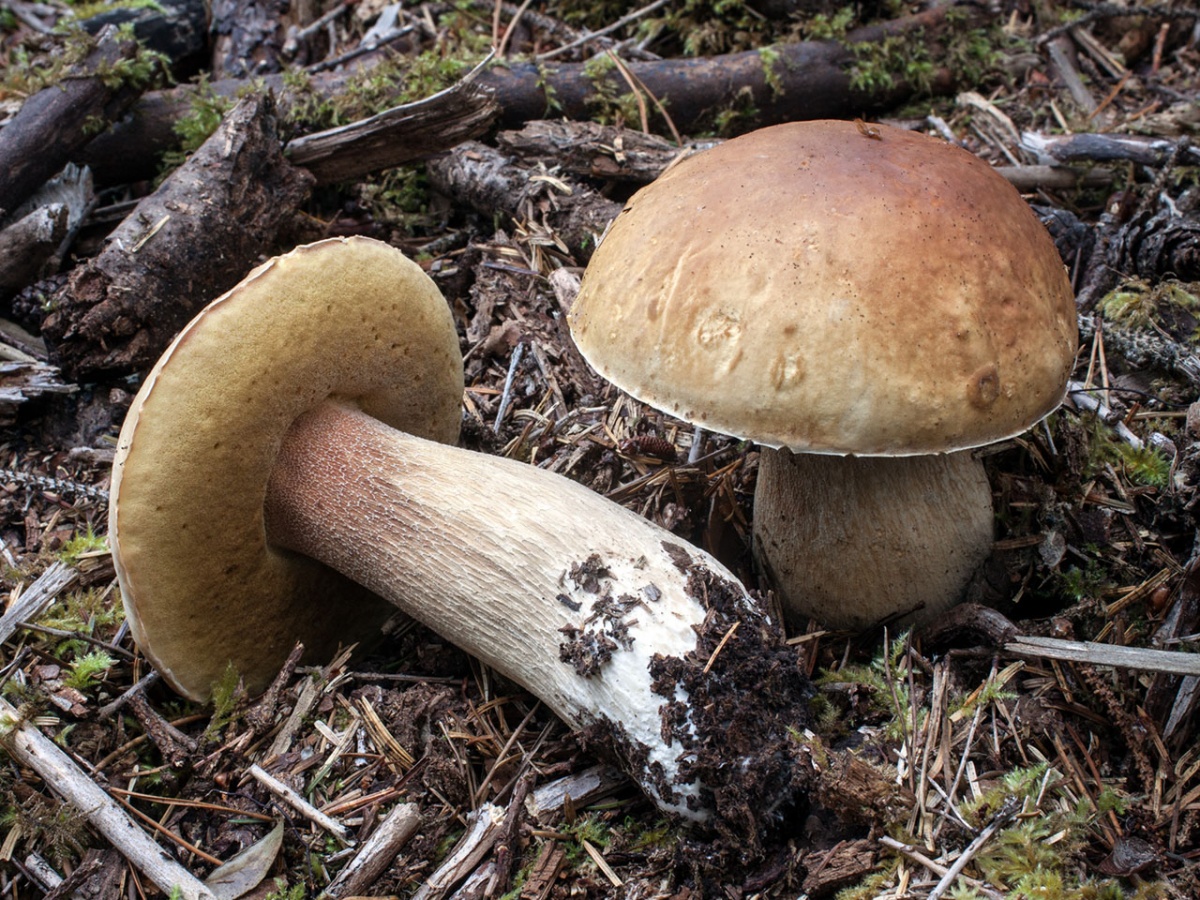
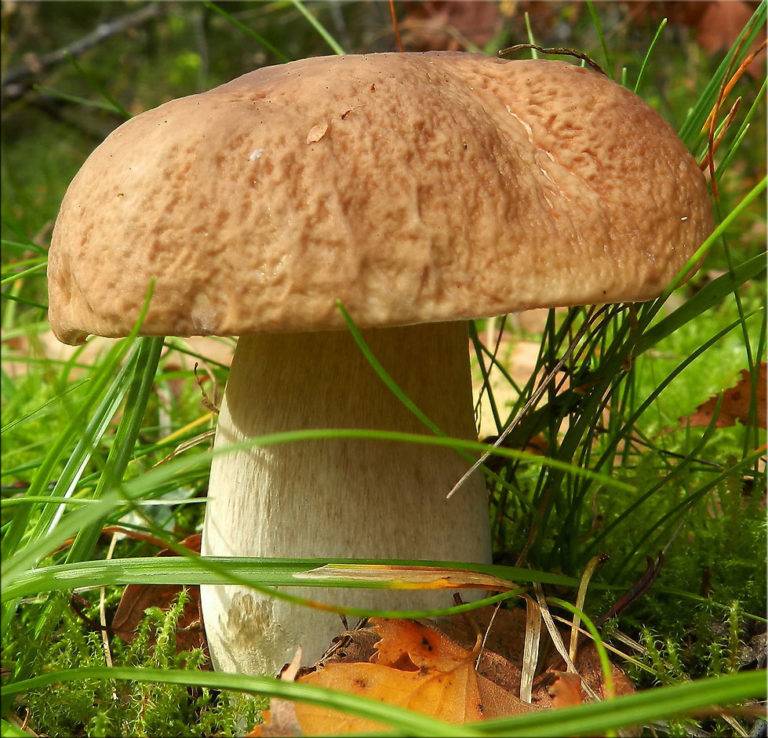
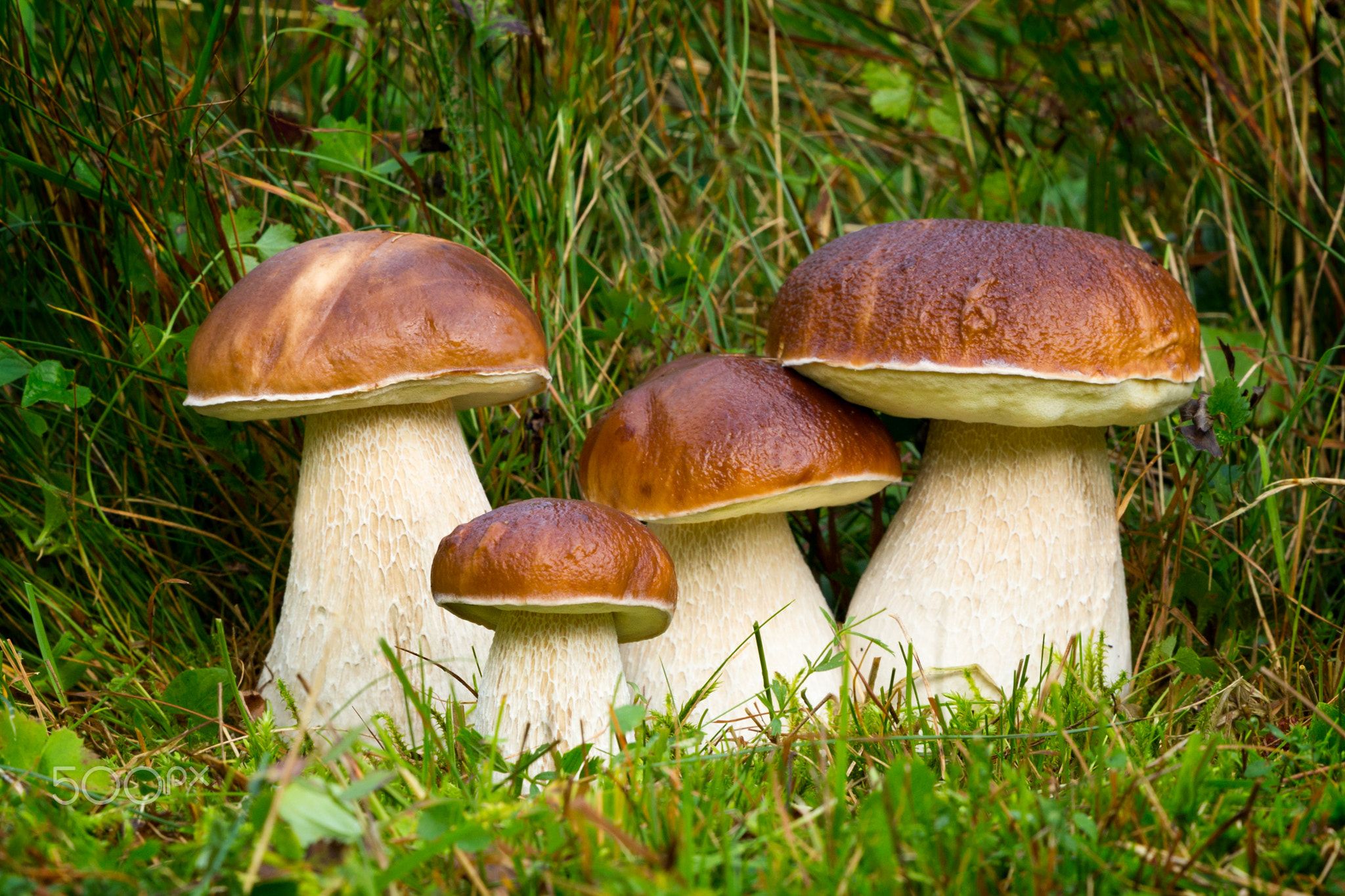
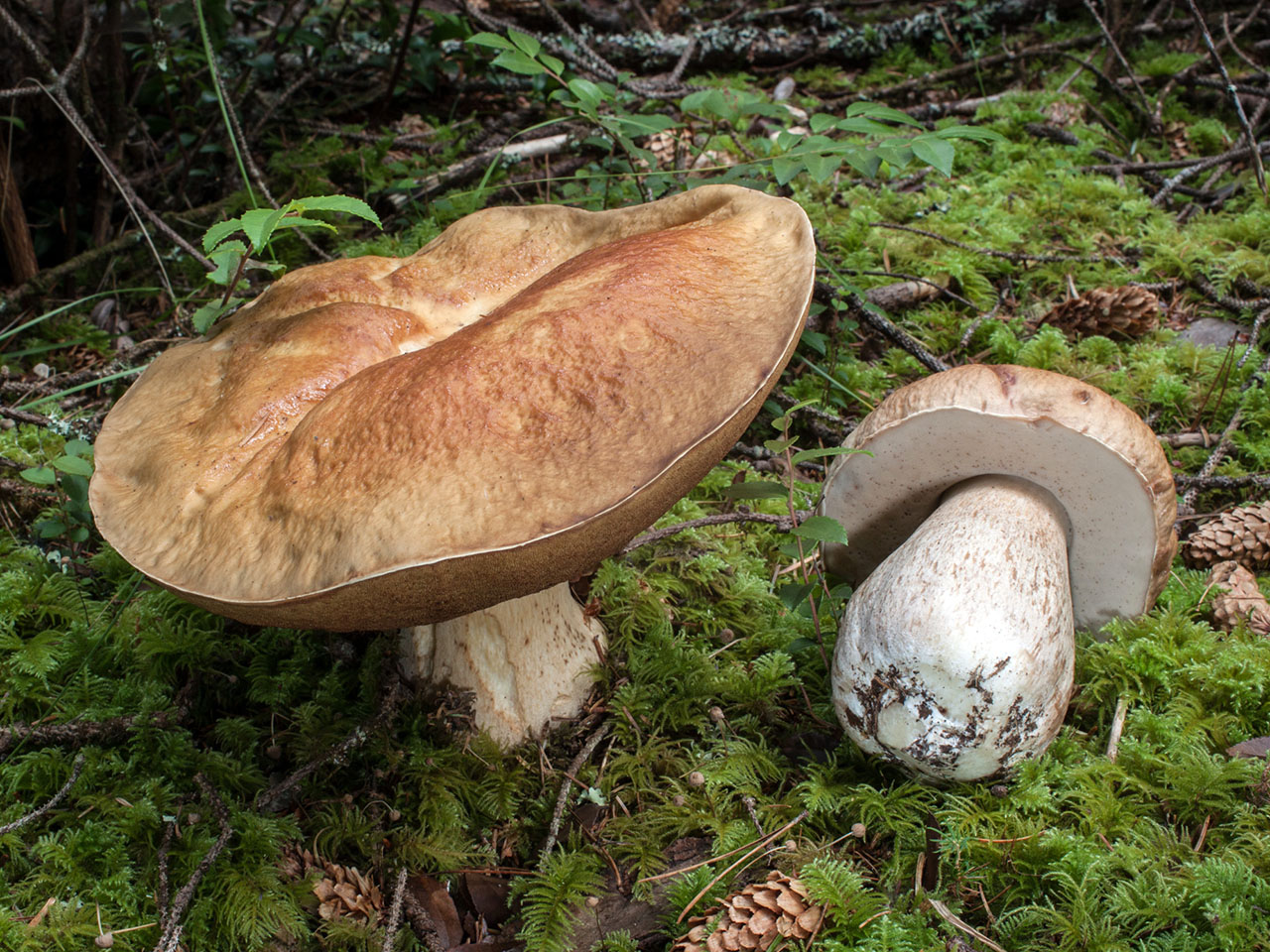
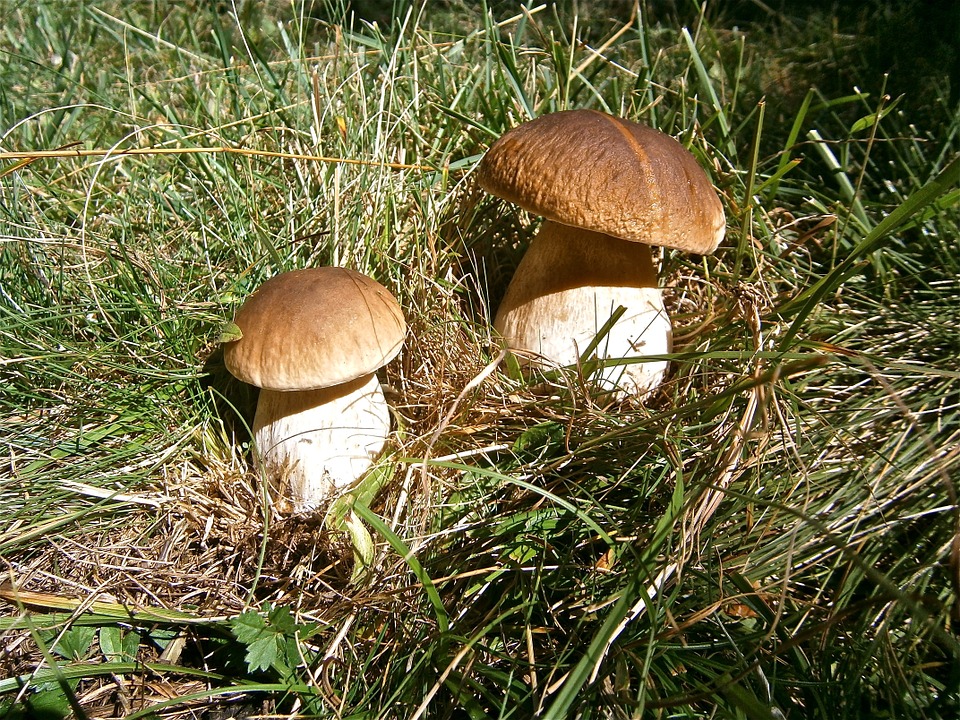
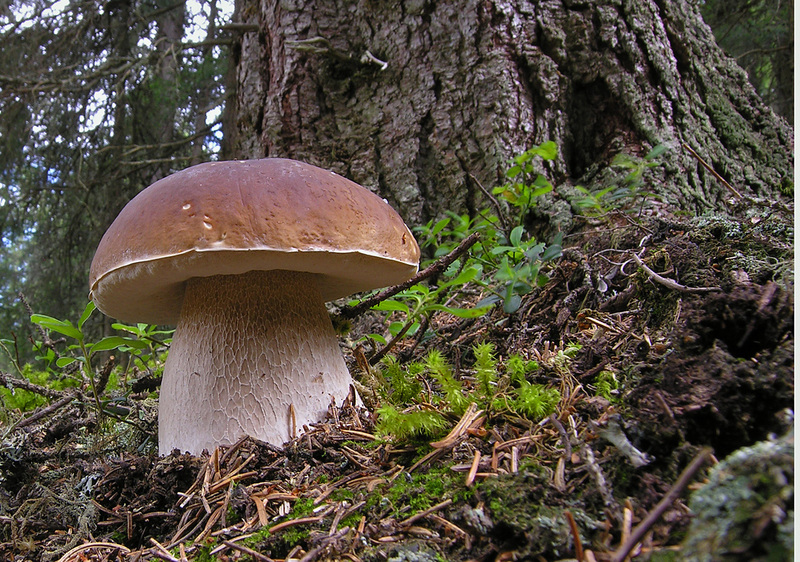
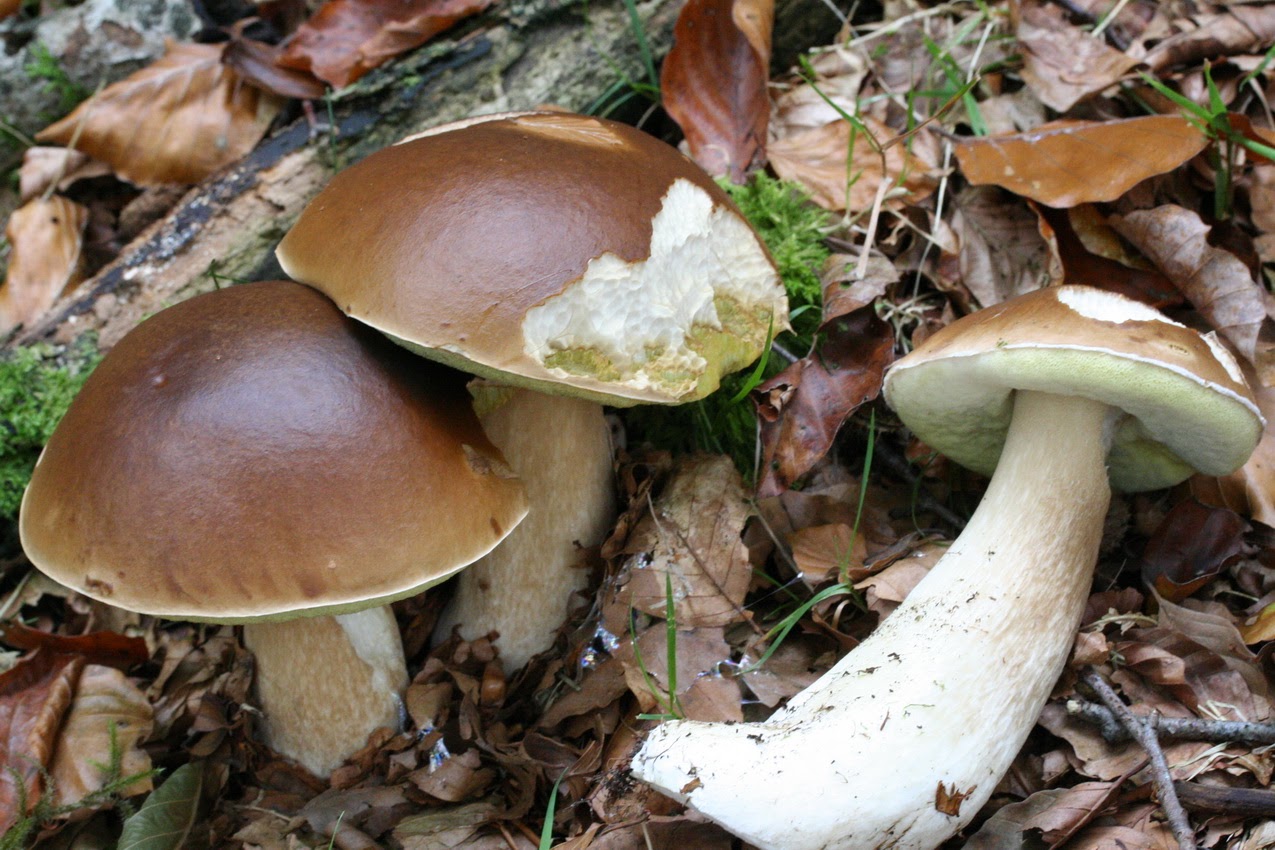
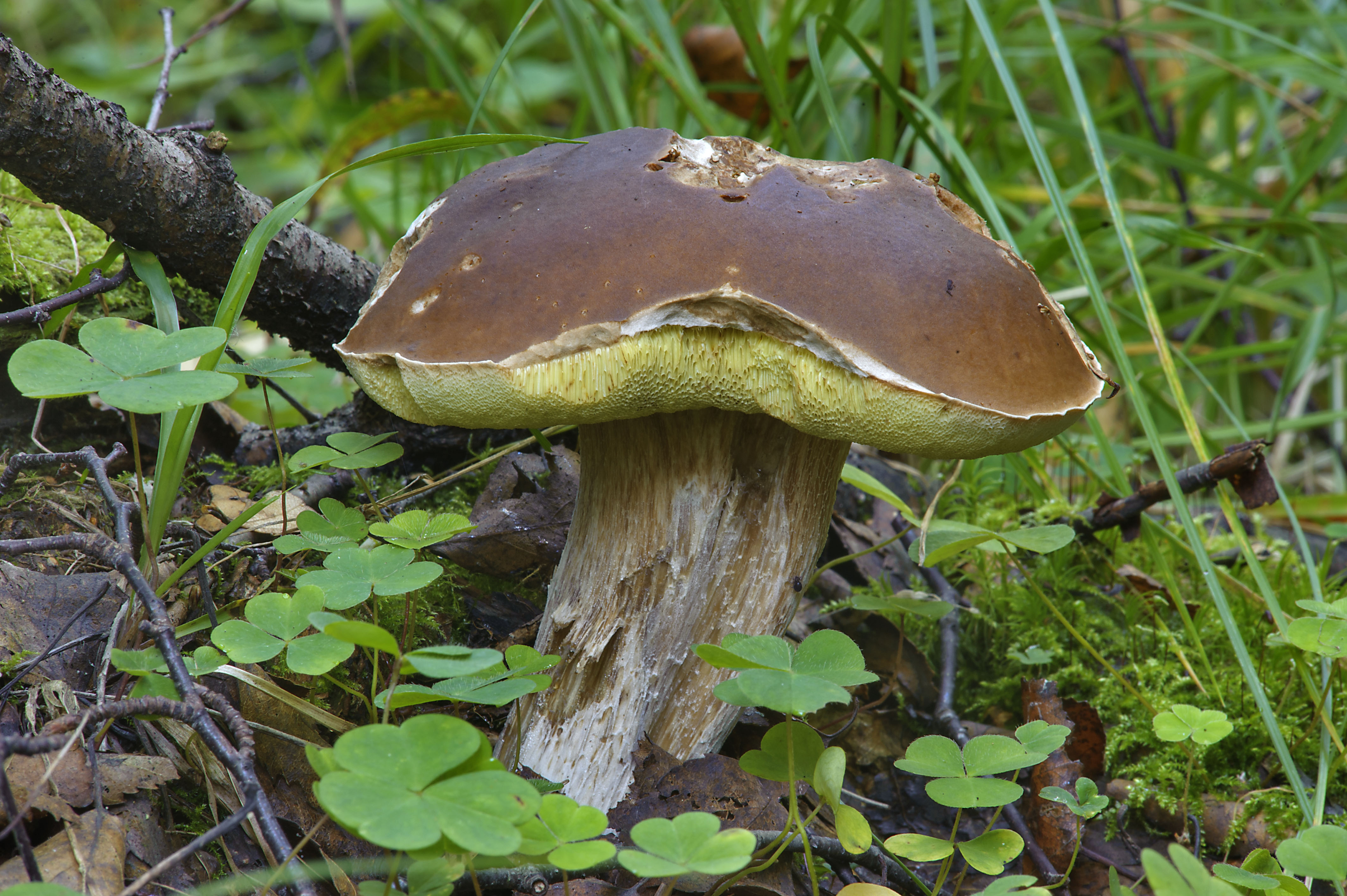
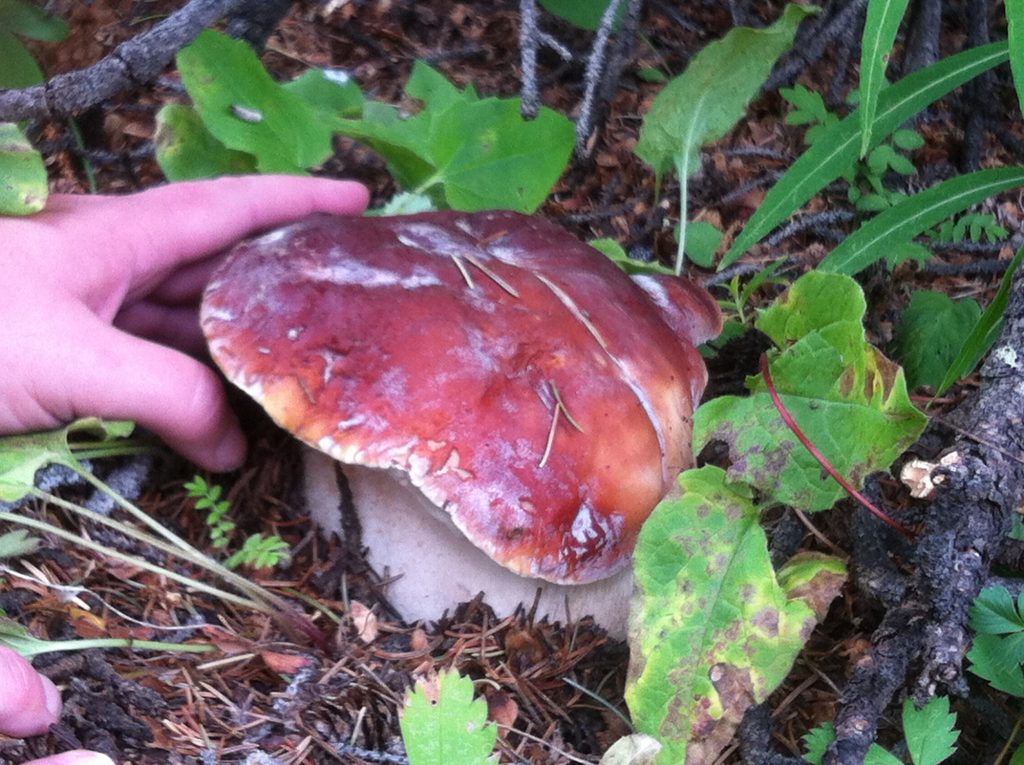

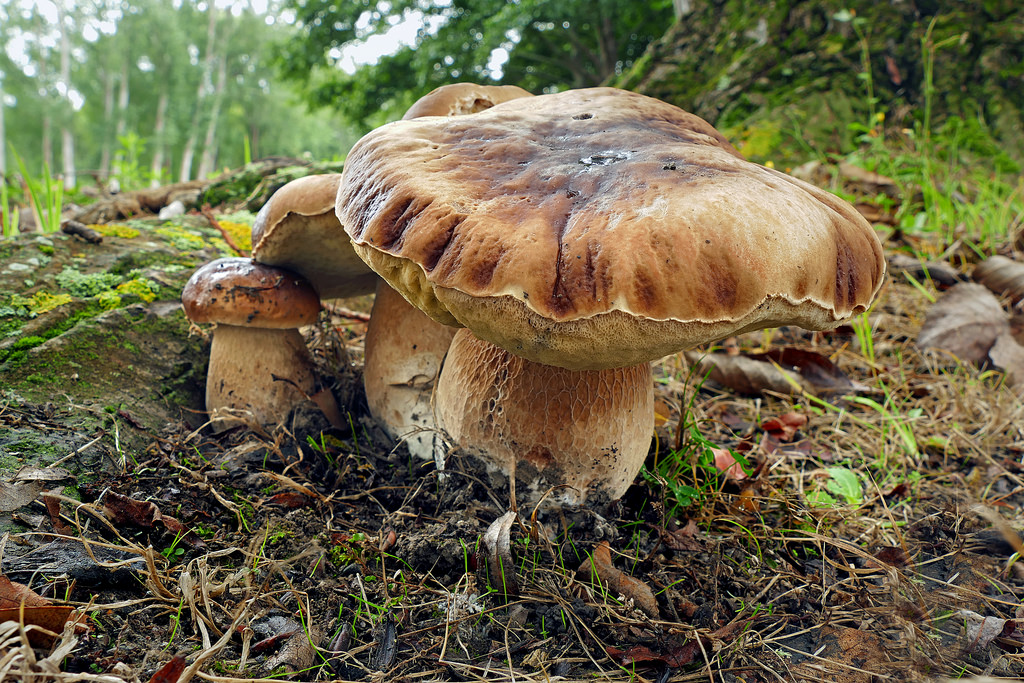
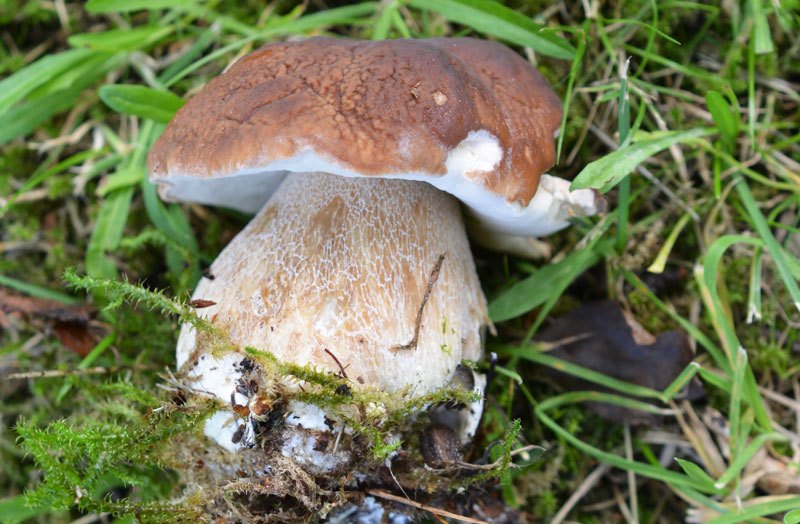
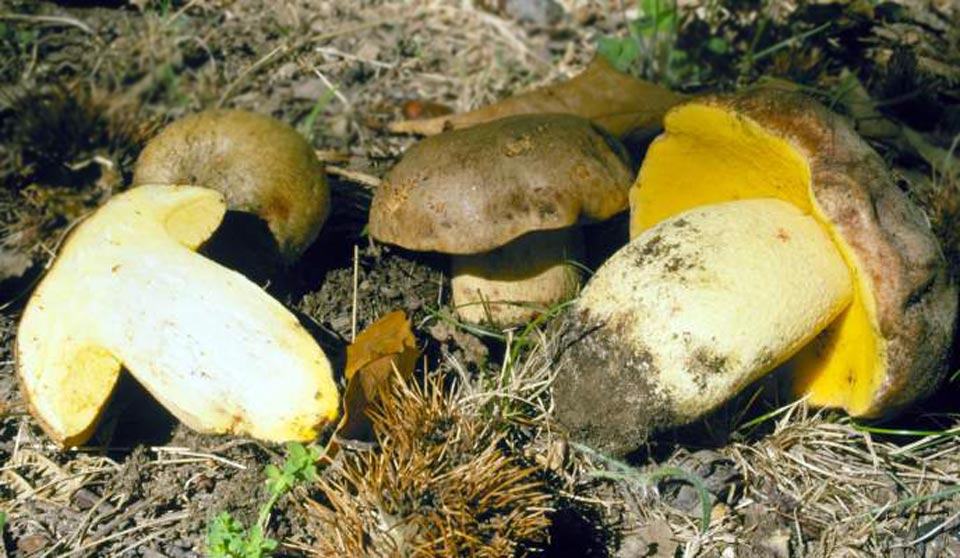
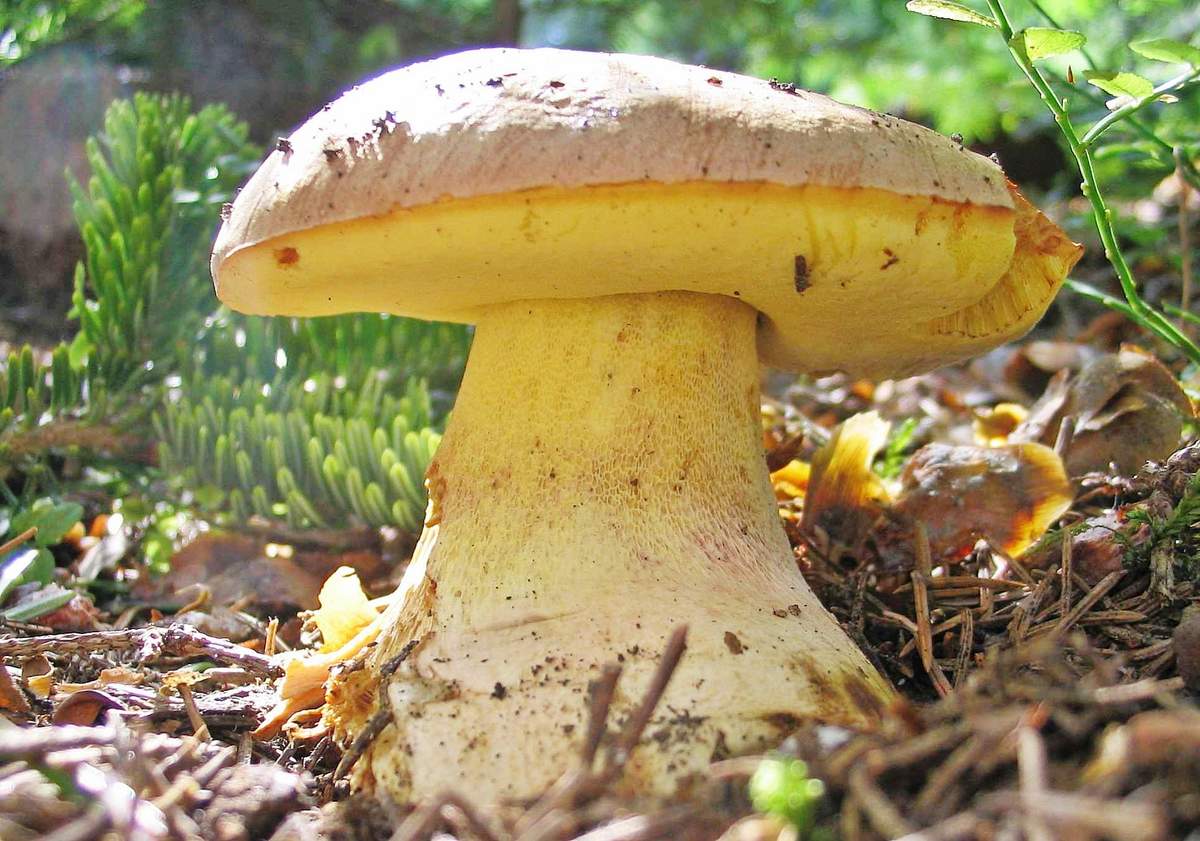
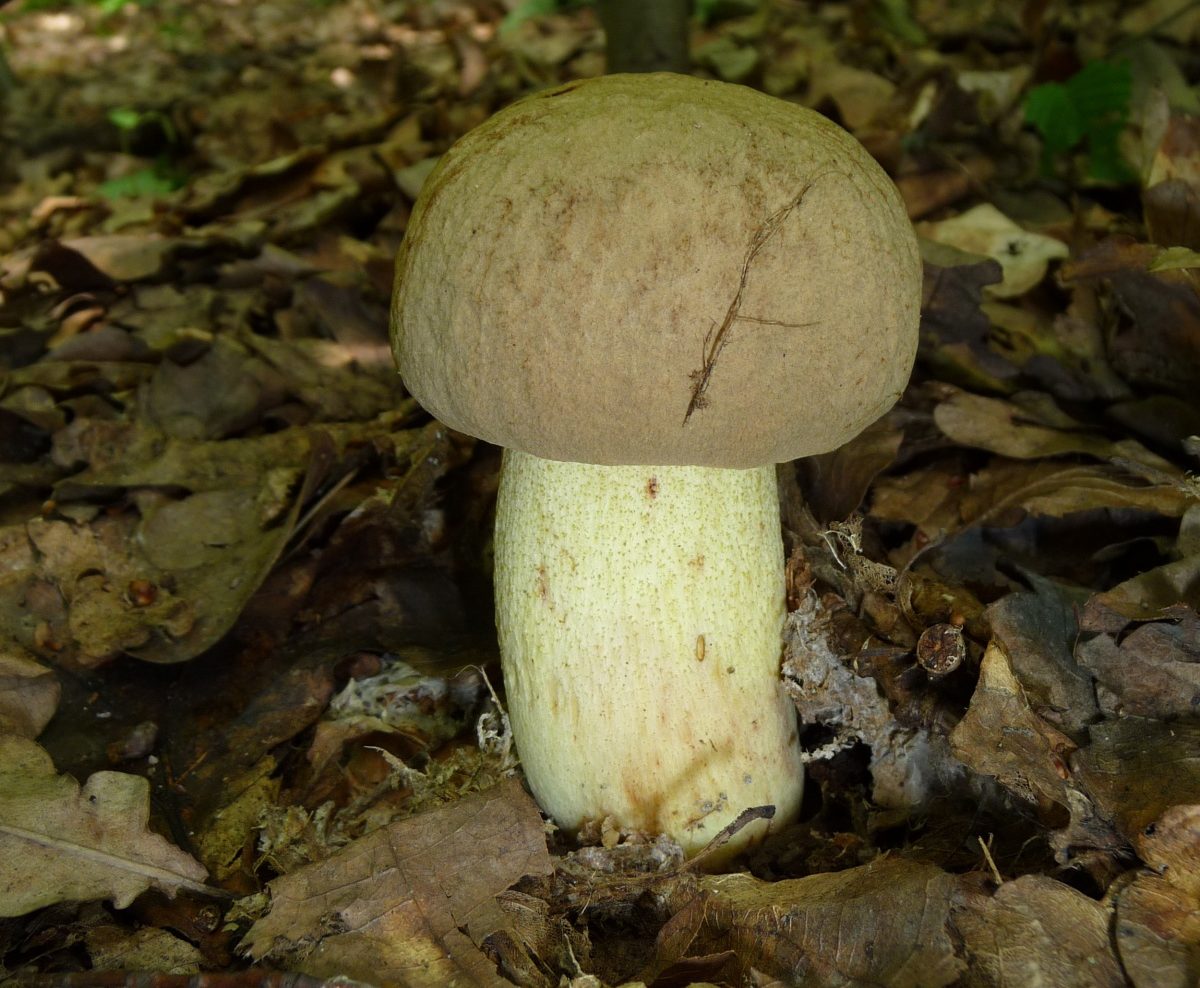



 Care and use of Kombucha at home (+22 photo)
Care and use of Kombucha at home (+22 photo) Edibility of the fungus of the motley umbrella and its description (+19 photo)
Edibility of the fungus of the motley umbrella and its description (+19 photo) Description of edible and inedible oils, their poisonous counterparts (+40 photos)
Description of edible and inedible oils, their poisonous counterparts (+40 photos) Useful properties of milk mushroom and its contraindications (+17 photos)
Useful properties of milk mushroom and its contraindications (+17 photos)
Oleg
How can a white breast be confused with a white mushroom? It is lamellar, it is much easier to confuse it with a pale grebe.